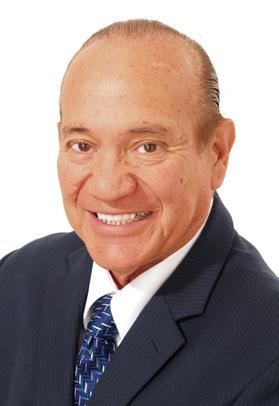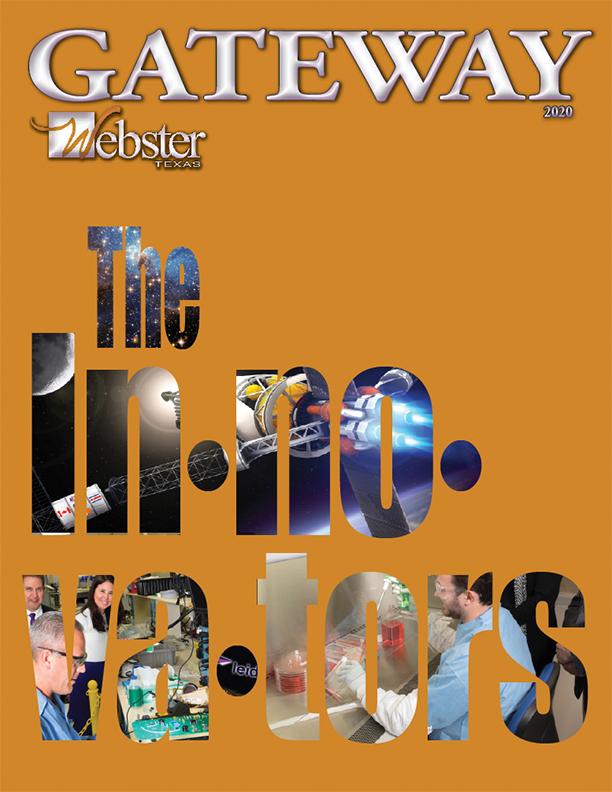

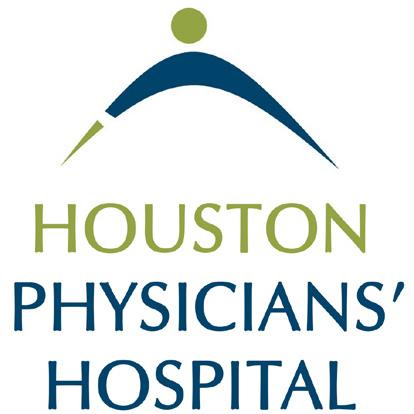
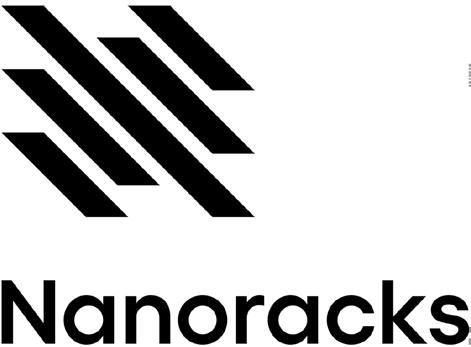

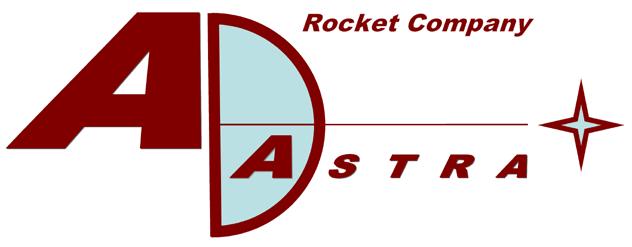









From a 55,000-square foot facility on Forge River Road in Webster, Leidos supports human spaceflight and deep space exploration to enable NASA’s next great discovery. Leidos’ local team of innovators works on numerous NASA programs spanning mission operations, research and engineering, payload processing, food development, human spaceflight, and IT support.
Just about everything astronauts aboard the International Space Station touch, wear, consume, and do bears Leidos’ signature from Webster. From laptops to space suits, tortillas, toothpaste, and experiments, Leidos has shipped more than 210,000 pounds of supplies to the International Space Station.

In Webster, Leidos’ focus is enabling NASA’s mission of driving innovation in science, technology, aeronautics, and space exploration. The 129-member team inside the Forge River Road facility and 284-member team on site at Johnson Space Center prepare astronauts for space travel, zero-gravity living, and daily work aboard the largest spacecraft ever built—the International Space Station (ISS)—which circles the earth at 17,000 mph and is the astronauts’ habitat for an average of six-month intervals.
There’s a lot in a name
Leidos’ development of clothing, gear, food, and equipment for those aboard the ISS holds significant ramifications for space
www.cityofwebster.com
colonies on the moon, Mars, and beyond. Logistics falls into this category, as well. Just as astronauts on the ISS require regular deliveries of experiment equipment, spare parts, food, air, and water, those who inhabit space outposts will need resupplies, too. Leidos’ expertise in planning, processing, and packing more than 400,000 pounds of supplies annually to the ISS is of critical importance— especially when every ounce matters. Leidos inventories, labels, and fit-checks each piece of hardware and soft goods, like a puzzle, to fit within a cargo transfer bag.
Leidos’ very name, which appears in the word “kaleidoscope” to convey a constantly changing shape and form, represents the company’s innovative mindset toward solving problems and making new discoveries. Leidos’ prowess in technology and its far-reaching science and research applications play a vital role in human space activity.

Under NASA’s Cargo Mission Contract (CMC) in the Webster facility, Leidos processes cargo to enable astronauts’ daily health, welfare, and work aboard the ISS. The sheer number of steps and scope of work involved in making, assembling, processing, inventorying, labeling, testing, imaging, certifying and integrating everything that is sent to ISS crewmembers is mind-boggling. Shipments often include crew provisions, hand tools, equipment, cameras, batteries and power supplies, research experiments, and ISS
hardware. While the majority of the thousands of different experiments and critical systems hardware that are bound for space are developed at various facilities and sent to Leidos’ Webster team for packaging and packing for launch to orbit, Leidos, too, plays a critical role in fabricating and developing products for use in space. For example, when NASA wanted to research a low cost, low risk alternative for passively transporting frozen items to the ISS, Leidos engineers were charged with developing a custom Passive Cold Stowage Box (PCSB) that could maintain subzero temperatures for up to a week without battery or vehicle power. Essentially, NASA asked if Leidos could develop and certify a space-rated Yeti®, and, within months, the ISS crew was surprised with a shipment of frozen fruit bars to enjoy as proof of concept.
NASA asked if Leidos could develop and certify a space-rated Yeti ® , and, within months, the ISS crew was surprised with a shipment of frozen fruit bars contained inside a newly engineered passive Cold Stowage Box.

Leidos has developed a number of innovative solutions, including a reliable power supply for laptops, a larger,
safer, and more efficient food warmer, and a multi-layer insulation blanket needed to protect cargo from extreme temperatures that is fully compatible with the ISS robotic arm.
Inside Leidos’ Webster Cargo Mission Contract facility, packaging takes on a completely new meaning. Bubble bags, Ziplocs, and Velcro abound inside the main cargo processing room, as well as the ubiquitous cargo transfer bags that come in various sizes to hold just about everything. Special shipping containers and lifts to handle heavy equipment are complemented by imaging services, HAZMAT assessments, and Department of Transportation coordination. Cargo kits become part of cargo transfer bags, which are clearly labeled and contain stringent inventory data to ensure that all hardware is handled in accordance with safety protocols.
Electronic Launch Return On-Orbit Data Sets (eLRODS) protect hardware during all phases of processing—from receipt, ground handling, and delivery to the ISS.
Custom foam enclosures made in the Foam Operations Lab protect flight hardware, just as decals, labels, and
placards created in the Decal Lab protect and aid astronauts to illustrate the precise sequencing for unpacking, setup, and operations. Labels are created in accordance with stringent NASA flight approved materials and certifications and contain essential safety, inventory, tracking, and operating information.
Leidos’ work is not all inventorying, packaging, and labeling. The Webster team also works to ensure
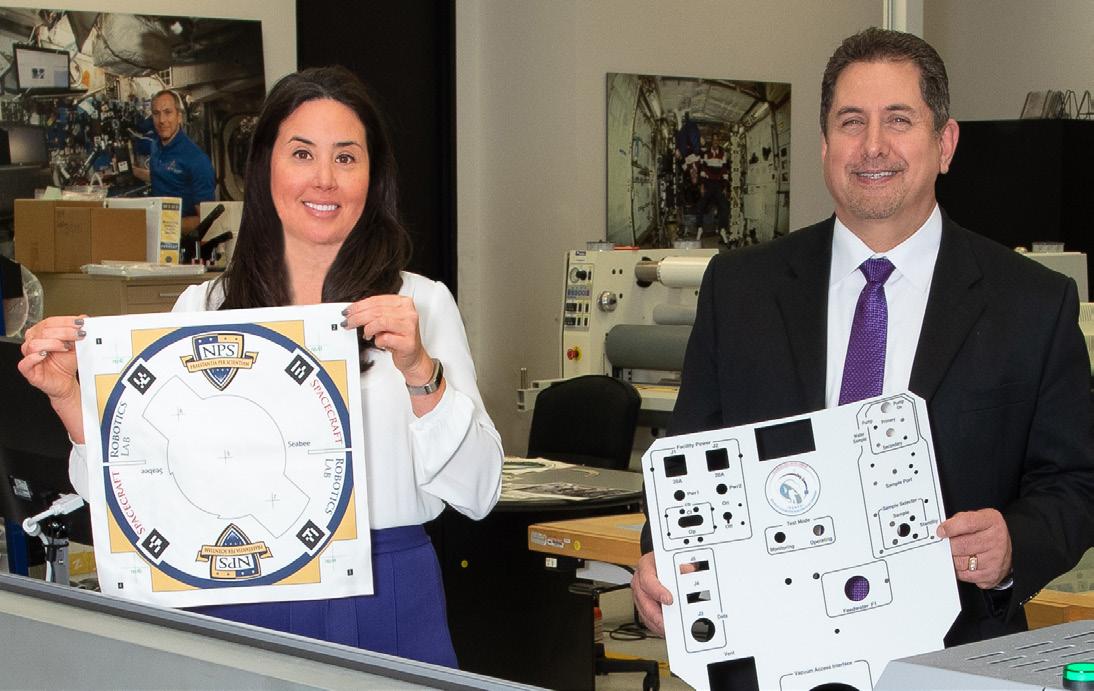
Leidos designed a camera covering that allows an astronaut’s huge, thick padded glove to handle and activate buttons on the camera during a spacewalk or extra vehicular activity.
astronauts are healthy and comfortable. In fact, Leidos touts a seamstress who tailors clothing for astronauts and fabricates specialty items and equipment. Buttons on shorts or pants must be replaced with Velcro closures, and pockets with straps or closures must be added. Special equipment and soft goods are also fabricated inside the Webster facility. For instance, Leidos designed a camera covering that allows an astronaut’s huge, thick glove to handle and activate buttons on the camera during a spacewalk or extra vehicular activity (EVA).
Leidos also considers toiletries and astronaut hygiene in
www.cityofwebster.com
 Tanya Hanway’s and Ernest Sanchez’s display illustrates that astronauts can choose among their favorite brands of toiletries and hygiene products—but first, items are outfitted with Velcro and placed in special hygiene kits. Clothing is 100% cotton for zero-gravity compatibility.
Tanya Hanway’s and Ernest Sanchez’s display illustrates that astronauts can choose among their favorite brands of toiletries and hygiene products—but first, items are outfitted with Velcro and placed in special hygiene kits. Clothing is 100% cotton for zero-gravity compatibility.
its cargo preparation. Every kilogram counts for payloads; water must be imported to the ISS; and no method for cleaning clothes currently exists. This means astronauts receive a single clothing kit, clearly labeled for two weeks’ worth of wear. A change of outfit might transpire twice a week. Astronauts can choose among their favorite brands for hygiene products, such as shampoo, toothpaste, and deodorant—many of which will be outfitted with a Velcro backing.
While food is made off-site, all of it is labeled, packaged, and processed in Webster where it’s categorized, numbered, placed into kits, and pressurized for transport. Factors, like nutrition, digestion, dietary conditions, shelf life, and zero-gravity have a huge role in determining what astronauts eat. A four-pound bag labeled “fruits and nuts,” for example, contains individual bags of almonds, apples with spice, applesauce, berry medley, cashews, dried apricots, dried pears, fruit cocktail, macadamia nuts, peaches, peanut butter, peanuts, and more—clearly listed in alphabetical order with tracking or inventory number.

Just as Leidos processes nearly all of the cargo that goes to the ISS, the Webster facility is the repository for returning payloads as well. This includes time-sensitive or temperature-critical experiments, research materials, malfunctioning hardware, and used, but valuable, gear and equipment. The constant challenge to innovate and develop
210,000+ Lbs. of Cargo Delivered
Completion
3,000+ custom foam enclosures
800,000+ Decals Provided 250,000+ items provided 7,000+ Shipments
new modes for life and work in space is Leidos’ focus in Webster and at Johnson Space Center.
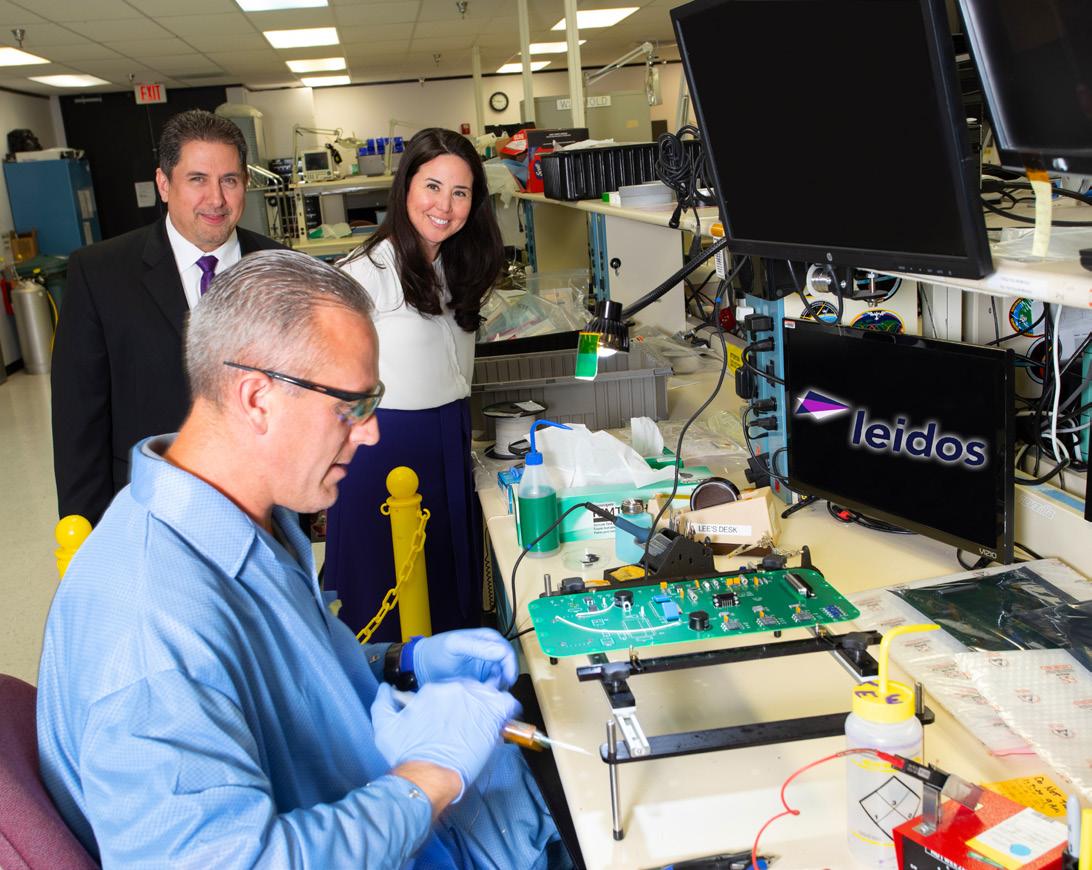
Leidos is poised now to be the supplier to Gateway—the lunar orbital platform that brings astronauts to the moon to operate a space station and serves as a “gateway” for deep space missions. Under the Research, Engineering, Mission Integration Services (REMIS) Contract, Leidos is currently developing the navigation and alignment aides for the Gateway Program to ensure safe docking of the various modules. Additionally, as commercialization of low earth orbit continues to ramp up rapidly, Leidos’ unparalleled expertise in logistics, research, engineering, IT, and mission integration services is in demand.
With a track record of success in Webster and at NASA centers across the country, Leidos provides the mission understanding and technical expertise necessary to support advancements in space exploration and human spaceflight across the public and private space sector. From enterprise IT modernization to operations and logistics to systems engineering and integration, Leidos stands ready to support NASA in achieving its next discovery.

Since 2005, when Houston Physicans’ Hospital opened its premier facility at 333 North Texas Avenue in Webster, it has differentiated itself from other hospital systems in innovative, winning, highly successful ways. Some of the reasons for Houston Physicians’ Hospital’s burgeoning growth and third expansion are imbedded in its pioneering ownership structure. This hospital is 85% physician-owned—so physicians are wholly involved in setting the direction of the hospital and work very closely with the entire staff as a team to deliver the best possible outcomes to patients—and the formula works.
This is a healthcare facility where the staff is engaged and invested in providing exceptional care. Top-rated patient experiences and outcomes, best in class physicians, nurses, and staff contribute to a number of accolades and top rankings, such as the highest attainable 5-Star rating for patient experience from Medicare and a ranking of number four in the entire state for this criterion. And, considering the fact that there are more than 500 hospitals in Texas, Houston Physicians’ Hospital makes the grade.
When physicians, administration, and staff embrace and carry out a unified vision “to be the healthcare facility where physicians choose to practice, patients want to receive care, and employees prefer to work,” the results are riveting, as this mission statement appears inside the hospital’s entrance. Houston Physicians’ Hospital is on a growth glide path. While the hospital started with 80,000 square feet with over half of the space allocated for hospital and the remainder designated for medical office, an expansion transpired in 2007 to add MRI, CT, and imaging services. In 2010, the hospital added 11 inpatient beds for a total of 21. Now, in April 2020, Houston Physicians’ Hospital will add a three-story hospital addition encompassing 39,000 square feet on the facility’s south end and a multi-story parking garage on its north end. This addition will feature expanded hospital facilities, including four operating rooms, increased radiology capability, and dietary and nutritional options.
Heather Womack, Houston Physicians’ Hospital’s CEO, along with the physicians, has been a driving force in the hospital’s exciting history and an innovator for its future. Even before the hospital opened in 2005, Womack has worked for Houston Physicians’ Hospital. She has held several roles and titles in the last 15 years. In fact, she was the hospital’s CFO before becoming CEO. Womack points to the physicians as keys to the hospital’s success and attributes their direct engagement in what transpires every day inside Houston Physicians’ Hospital as the truly innovative factor. Womack states, “The physicians are extremely focused on ensuring our patients get the best patient experience and that permeates across the entire organization. In addition to the day-to-day engagement, our Board is physician-led, charting the course for our organization since its inception, which has brought us to where we are today, and that leadership will continue to carry us into the future.” Womack is a CEO who makes the rounds at least weekly, dressed in scrubs for this purpose. It’s important for her to connect with her staff who treat patients like cherished family members. Houston Physicians’ Hospital was ranked number seven on the Houston Chronicle’s Top Workplace List, which attests to great leadership and great employee satisfaction for the 300-plus employees who work there.
Even though Houston Physicians’ Hospital’s footprint is growing, its size in comparison to the larger hospital systems is still relatively small, which provides some
significant advantages, according to Womack. One example is that physicians are the very best in their specialties and invested in delivering unsurpassed patient experiences and outcomes. Another competitive benefit is the hospital’s flexibility, dexterity, nimbleness, and ability to rapidly and continually improve processes and programs to achieve “best in class.”
Houston Physicians’ Hospital is experiencing phenomenal growth. Already in February 2020, procedures are ahead of the pace set last year, which was a record year. Some of the specialties at Houston Physicians’ Hospital include orthopedics, neurosurgery, ENT, gynecology, podiatry, urology, cardiology, and pain medicine.

It’s rare to go to a hospital’s website and see pricing. While Houston Physicians’ Hospital accepts all major insurance plans, it’s refreshing and illuminating to view cash pricing for 50 procedures from imaging to knee replacement to shoulder arthroscopy and so much more. As a small independent hospital, Houston Physicians’ Hospital is able to manage costs and offer lower costs than large hospital systems for many services. The hospital has been successful in cash pay and bundled payment markets and continues to produce quality outcomes at very competitive pricing. Houston Physicians’ Hospital is leading the way with this approach to deliver value and top-notch quality within the healthcare arena. Womack and her team at Houston Physicians’ Hospital are Webster innovators who are already planning the next expansion phases to serve the region with their unique brand.
Bigger. Better. Bolder. PORTAL TO SPACE. Nanoracks’ Bishop Airlock is a Global Game-Changer
For the past decade, one of the world’s most innovative aerospace companies, Nanoracks, with its headquarters in Webster on Forge River Road, in close proximity to NASA’s Johnson Space Center, has been making history.

Nanoracks, whose motto is “Your Portal to Space,” truly practices this philosophy, as this commercial space logistics and space habitat company, with its unique array of space hardware and services, has literally opened the doors (a new airlock) on the International Space Station to the world. From elementary students to United States agencies, international governments, institutions, startups, and corporations that had no space program, Nanoracks built a program to transport their microgravity scientific experiments and launch their satellites, communications, and observation devices in low-Earth orbit. Nanoracks has launched over 800 payloads to the International Space Station and made
space accessible to all. And, now, with the development of the Bishop Airlock—the first commercially developed and privately owned component that will be installed on the International Space Station in Fall 2020, Nanoracks is rendering the doorway to space bigger, bolder, and more userfriendly—and transforming the global business of space.
Nanoracks, renowned as the “Concierge to the Stars” and the “FedEx to Outer Space,” is revolutionizing the role of private aerospace firms’ relationship with NASA and global space agencies, ensuring the longevity and success of the International Space Station (ISS) program, and building an ecosystem or pathway to the vastness of space—accessible to all. Nanoracks is a remarkable company that chooses not to patent its research hardware in egalitarian efforts to foster a full range of space activities, including launching hardware and
www.cityofwebster.com
Mayor Donna Rogers and Nanoracks Project Manager Brock Howe stand just outside of the state of the art 10,000 SF Bishop Airlock cleanroom where the Airlock assembly and pre-flight testing is transpiring in preparation for a Fall 2020 launch to the ISS.customer payloads, working with astronauts and their space agencies to develop cost-efficient human and roboticallytended in-space platforms, lunar stations, and habitats, and collaborating with a variety of synergistic companies and organizations (like robotics, computer, avionics, and aerospace firms) to explore, design, build, and operate throughout the solar system.
Nanoracks’ Bishop Airlock ushers in a new era for the space industry. Not only is this Airlock five times larger than the Japanese Experiment Module (JEM) Airlock that Nanoracks and others have relied upon for payload deployment on the ISS but also the Bishop Airlock is designed, built, funded, and owned by Nanoracks. NASA provided the real estate (the last remaining vacancy) on the ISS to Nanoracks who will retain the “pink slip” for the $25M Airlock. The Bishop Airlock received its name based on the chess piece that can move diagonally across the board (rather than forward and backward or side to side) just as the company moves in different, dynamic directions.
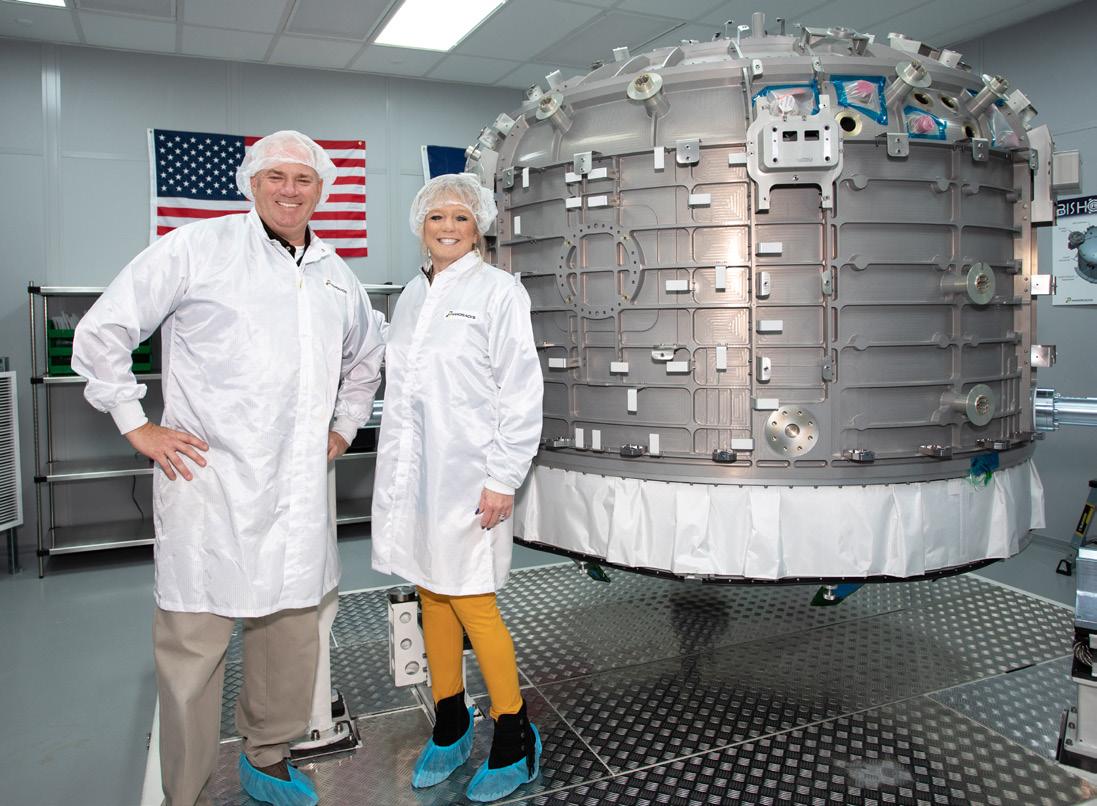
Nanoracks’ vision of commercializing space on a global scale is a reality for this innovative, resourceful, pioneering company that is defining how space is a place of business. With an increasing worldwide demand for enhanced communications and observation, along with a growing volume of experimentation in microgravity business, the Bishop Airlock provides the opportunity for increasing the size, number, and frequency for payloads to and deployment from the ISS.
Just as Earthlings seek to learn more about their planet— from instant communication and intelligence gathering across the globe to the study of coastlines, weather patterns, or animal migration—the top platform to do this from space is via Nanoracks’ CubeSats Deployment Program. And, just as companies, institutions, public and private schools, and highly classified government agencies seek to determine the effects of microgravity on foods, drinks, fragrances, bone density, chemicals, and so much more, the best platform for this research is Nanoracks’ prowess in flying experiments to its facilities aboard the ISS, providing instructions to the astronauts, managing payload operations, and overseeing daily downloads. Nanoracks’ Operations Center, tied directly to NASA’s Control Center, is the first private facility that has enabled clients, like elementary school children, to talk directly to astronauts.
For Nanoracks, the past has been remarkable, the present is riveting, and the future is wondrous. Nanoracks encapsulates humankind’s need to explore, understand, and innovate. This company looks forward to making history with you.
For more information about Nanoracks’ Bishop Airlock, contact marketing@nanoracks.com or check out Nanoracks’ website at www.nanoracks.com and follow @Nanoracks on Twitter for the latest updates.

New advances in cell and gene therapies are transforming and revolutionizing medicines for treating and curing critical diseases, like leukemia, diabetes, and blood cancers. Since 2011, MaSTherCell, a renowned, global cell and gene therapy Contract Development Manufacturing Organization (CDMO), based in Belgium, has been pioneering and advancing sustainable and affordable therapies for intractable diseases by extracting cells from patients or donors, altering those specimens in highly controlled laboratories that are cleaner than a surgical lab, and re-injecting the new cells into patients to combat diseased or compromised cells. Cell and gene therapy works. “Soldier” cells and “soldier” genes are developed, manufactured, and tested by MaSTherCell to attack cancer and other maladies.
MaSTherCell opened its United States headquarters in Webster at 253 Medical Center Boulevard in August 2019 to expand its world presence and provide direct, fast, and comprehensive interaction, consulting, and collaboration with key American-based cell and gene therapy companies—many of which conduct clinical trials in the nearby Texas Medical Center—the largest medical complex on the globe.

Webster’s central location within the United States enables time-sensitive cell therapy products to reach any mainland destination quite rapidly—ensuring excellent logistics for live cells. Too, Webster’s proximity to growing life science and biotechnology industries is highly beneficial for ensuring access to a highly skilled workforce and top-notch support services.
www.cityofwebster.com
TMayor Donna Rogers welcomes MaSTherCell’s CEO Darren Head to Webster. MaSTherCell’s magnificent facility, located at 253 Medical Center Boulevard, represents the global company’s US headquarters for cell and gene therapies. Capital letters in the company’s name stand for “Manufacturing Synergies for Therapeutic Cells.”MaSTherCell represents the “D” (development) in “R & D” (research and development). When therapy discovery companies seek to develop their process for manufacturing, in accordance with the FDA’s Good Manufacturing Practice standards—and, ultimately, launch their products more rapidly and effectively, they contract with MaSTherCell, as the steps from research to development or concept to manufacturing are fraught with rigorous, regulatory, and complex processes. MaSTherCell’s team of industrial, scientific, and operational experts with credentials in industrial biotechnology, biochemistry, molecular biology, and biomedical science provide technology transfer, process and analytical development, clinical manufacturing, regulatory support, and quality oversight to customers.
A tour of MaSTherCell’s magnificent, state of the art Webster facility illuminates some of the extraordinary processes that the company undergoes to manufacture its customers’ cell and gene therapies. Inside the 32,000 square foot facility, the entire second floor features a suite of labs, including the process development/technology transfer laboratories, quality control, microbiology and cell culture laboratories, and multiple manufacturing suites. All of these labs and cleanrooms, designed under the most exacting and precise standards to support both autologous (utilizing the patient’s own cells) and allogenic cells (utilizing cell sources unrelated to the patient) are continually controlled and monitored, as part of MaSTherCell’s robust Quality
Management System, in conjunction with approximately 1,000 pieces of equipment. The eight manufacturing cleanrooms, clustered with their expansive glass exteriors, are surrounded by a spacious walkway that allows clients and visitors the opportunity to view activity—activity that leads to saving lives.
Success stories for cell therapy include toddlers diagnosed with pediatric acute lymphoblastic leukemia, middle-aged men with chronic lymphocytic leukemia or young women with acute lymphoblastic leukemia.
Patients who have blood cancer provide T-cells (workhorses of the immune system) that MaSTherCell isolates in the manufacturing site and inserts chimeric antigen receptor (CAR) and grows the cells—“soldier” cells or new CAR-T cells—to combat the disease. Those new cells, known as chimeric immunoreceptors, have been engineered to give T-cells the ability to target a specific protein and act as a “living drug” against cancer cells when they are infused back into the patient following a fourto-twelve week process that includes the most rigorous testing and validations. With CAR-T-cell therapy, cells can be derived from a patient’s own blood (autologous) or derived from the T-cells of another healthy donor (allogenic). CAR-T cells are genetically engineered to target and destroy cancer cells.

MaSTherCell is part of an explosive, fast growing industry focused on biologic treatment derived from living cells, DNA, and “natural” sources, in contrast to pharmaceuticals derived from chemical synthesis. Too, the potential applications for cell and gene therapy—immunotherapy— continue to unfold. While CAR-T therapy has proven to be life-changing for patients with blood cancers, inroads are being made for solid tumors, like breast, colorectal, and lung cancer. Currently, two CAR-T-cell therapies have been approved by the FDA, while there are 1,000 potential therapies in labs, right now.
MaSTherCell Webster is positioned for this growth with its focus on agility, transparency, engagement, team spirit, and innovation, amid a culture that is directly tied to the company’s mission, “Saving Lives.” Inside the Webster facility, patients’ photographs, with their diagnoses and successful cell therapy, are in the spotlight with MaSTherCell’s slogan, “Every Second Counts!”
www.cityofwebster.com
Inside MaSTherCell’s training laboratory, Cell Culture Specialist Austin Head demonstrates some of the science behind adoptive cell transfer—engineering immune cells to treat cancer by using patients’ T cells, engineering and harvesting those T cells, and infusing the soldier cells back into patients where they search out and destroy malignant cells.For the past 12 years, Webster has been home to one of the world’s most innovative aerospace firms—Ad Astra Rocket Company. Dr. Franklin Chang Díaz, inventor of the VASIMR® engine (Variable Specific Impulse Magneto-plasma Rocket), founded Ad Astra Rocket Company in 2005, after serving for more than 25 years as a NASA astronaut. Chang Díaz, a veteran of seven Space Shuttle Missions, credits his tenure as an astronaut and work at MIT in the late 1970s to developing the future of space flight—a high power electric rocket with plasma propulsion system.

Chang Díaz and his team have persevered in their development of the VASIMR® —a high power electric rocket engine, despite
being labeled “radical” and despite having to continuously raise private funding to maintain the pace of development for the technology. The in-space transportation market that requires fast human transport, lunar resupply logistics, orbital debris removal, satellite refueling, servicing, and repositioning, and rapid robotic deep space operations is the perfect niche for Ad Astra Rocket Company’s invention.
Whereas chemical rockets require massive amounts of propellant that constitute most of a ship’s mass, Ad Astra’s VASIMR® rocket engine requires 1/10 of the propellant. The engine operates on electricity—from solar arrays or panels— that heat and accelerate plasma—a superheated gas at millions of degrees.
The rocket structure is insulated from the hot plasma by magnetic fields that also direct the plasma as it is ejected from the engine—creating thrust for the spacecraft. The VASIMR® is ten times more fuel efficient than chemical rockets, which means more payload per flight and reusable components. Also, in the future, when nuclear power is available in space, the VASIMR® engine could propel humans on shorter transits to Mars and beyond.


The VASIMR® has been undergoing rigorous testing since its inception and has passed with flying colors. Through a decade of research, Ad Astra Rocket Company has carried out this development without government funding, with more than $36M in private investment, and has brought the engine from a technology readiness level (TRL) of 2 to nearly 5. In 2015, a $9M NASA partnership contract was awarded to help complete the TRL-5 activities.
Ad Astra Rocket Company has successfully completed on budget and on schedule more than 30 milestones in fulfillment of this contract. However, there are three milestones remaining: first, a demonstration in vacuum of the VASIMR’s ® new power processing unit (PPU), an advanced radio frequency power source built for Ad Astra by Aethera Technologies Limited of Canada with partial support from the Canadian Space Agency; second, a five-tosix hour continuous firing of the VX-200SS, the VASIMR® engine test article operating at 100 kilowatts; and third, a long duration (100 hour) continuous firing of the VX-200SS at 100 kilowatts.

Ad Astra expects to complete these milestones before the end of the NASA contract in June 2020. Then, Ad
www.cityofwebster.com
Astra expects to “graduate” to TRL-6 and obtain additional contracts that will help the company finish the design, construction, and testing of its first space flight prototype, called the TC-1Q. Once proven in space, the VASIMR® engine will officially enter the commercial sector and begin to revolutionize space transportation and space logistics— the way people, services, and supplies move in space.
The engine firing within the bus-sized vacuum chamber at Ad Astra Rocket Company, located at 141 W. Bay Area Boulevard, exhibits a blueish light from the argon plasma plume that’s as hot as the sun. Dr. Franklin Chang Díaz shows the VASIMR® rocket engine in development in Webster. Ad Astra Rocket Company’s VASIMR® propulsion system can be configured to a variety of applications from cargo transport to deep space exploration.






